Work Hours vs. Pay Hours: Building a Foundation for Payroll Accuracy

In film, television, and streaming production, payroll is more than just cutting checks. It is the careful process of translating time worked into time paid, applying labor laws, union rules, and contractual agreements. At the heart of this process is one of the most misunderstood concepts in production accounting: the difference between work hours and pay hours.
The Work Hours vs. Pay Hours Crash Course was developed by the FTV Graduate Program to make this concept clear, practical, and actionable. In just 15–30 minutes, learners discover why pay hours are rarely equal to the hours written on a call sheet, how overtime and golden hours expand pay hours, and why budgeting based on work hours alone almost always leads to underestimates. Through interactive examples and step-by-step scenarios, participants gain hands-on practice calculating pay hours and applying them to real-world payroll challenges.
This free course is designed as a starting point, whether you are a production assistant who wants to understand why your paycheck looks different than expected, a payroll clerk beginning a career in entertainment accounting, or an executive who needs to see how labor costs flow through budgets. It is also a valuable refresher for experienced professionals who may know the rules but need sharper instincts for applying them under tight deadlines.
Understanding the Core Difference
At first glance, it might seem simple: if someone works 12 hours, they should be paid for 12 hours. But that is not how payroll works in practice. Pay hours are adjusted hours, expanded by multipliers once overtime thresholds are crossed. For example, two hours worked at 1.5x equal three pay hours, while two hours at 2x equal four pay hours. On long days, those multipliers add up quickly.
This course walks learners through straightforward examples, such as an employee working 10 hours in a day. Eight of those hours are straight time, but the final two are at 1.5x, giving the employee 11 pay hours for 10 hours worked. In a 14-hour day, the difference is even more dramatic: eight hours of straight time, four hours at 1.5x, and two hours at 2x add up to 18 pay hours for just 14 hours of work.
The course also connects these calculations to real production scenarios, such as a non-union PA budgeted at $250 for a 12-hour day. Using work hours, you might divide $250 by 12 and get $20.83 per hour. Using pay hours, however, you divide by 14 and get $17.8571. That difference is not just an accounting detail. It affects how wages are tracked for compliance, how benefits are calculated, and how realistic a budget truly is.
From Daily to Weekly Complexity
The crash course also addresses how overtime applies across a workweek, especially for union employees. Many collective bargaining agreements include weekly overtime thresholds: 40, 48.6, or 54 hours depending on the contract. A crew member scheduled for five 12-hour days might log 60 work hours, but they will end up with 63 or more pay hours once weekly overtime is applied.
Learners practice breaking down these scenarios step by step, ensuring they can identify straight time, overtime, and double time accurately. The course emphasizes that ignoring weekly thresholds is one of the fastest ways to blow through a labor budget.
Common Errors and How to Avoid Them
Throughout the training, learners are reminded of the most common pitfalls in calculating pay hours. The biggest mistake is relying on work hours when determining hourly rates or building budgets. This inflates rates, underestimates labor costs, and creates compliance issues when audited. Another frequent error is ignoring double time or golden hours on long days, which can add dozens of pay hours across a large crew over the course of a week.
To prevent these missteps, the course provides a simple double-check strategy: start with work hours, apply thresholds, apply multipliers, and then total the pay hours. This process, once practiced, becomes second nature and helps ensure accuracy under pressure.
Why Free Crash Courses Matter
The Work Hours vs. Pay Hours Crash Course is part of a growing series of free offerings from the FTV Graduate Program. These crash courses are designed to give learners a solid foundation in entertainment payroll without the barrier of cost. They are short, focused, and highly practical, serving as both an introduction for beginners and a refresher for working professionals.
The idea behind the series is simple: payroll is the invisible engine of production, and too often, people enter the industry without a clear understanding of its mechanics. By offering free crash courses, FTV Consulting and the FTV Graduate Program are helping build a stronger, more knowledgeable workforce from the ground up. Learners who complete these courses gain confidence in tackling payroll fundamentals and are better prepared to step into more advanced training.
Building Toward Advanced Training
While the crash courses stand on their own, they are also intended as gateways to the broader FTV Graduate Program. More advanced courses dive into union payroll processing, collective bargaining agreements, residuals, benefit audits, and compliance strategies. By starting with free courses, learners can build confidence and then progress into these deeper subjects with a stronger foundation.
For companies and individuals alike, this progression makes sense. The crash courses introduce the language and concepts of payroll. The advanced courses then take that knowledge and apply it to the complex realities of union agreements, tax compliance, and large-scale budgeting. Together, they form a learning path that develops professionals who can handle the fast-paced demands of production with accuracy and confidence.
Conclusion
The Work Hours vs. Pay Hours Crash Course may only take 15–30 minutes, but its impact is significant. Understanding the difference between work hours and pay hours is the first step toward accurate payroll processing and realistic budgeting in the entertainment industry. By offering this training for free, the FTV Graduate Program is giving learners an accessible entry point into the complex world of production payroll.
For anyone considering a career in entertainment payroll, or for professionals looking to sharpen their skills, this crash course is the perfect place to start. From here, learners can continue into the FTV Graduate Program’s advanced offerings, gaining the expertise needed to keep productions compliant, budgets accurate, and payroll teams confident in their work.









